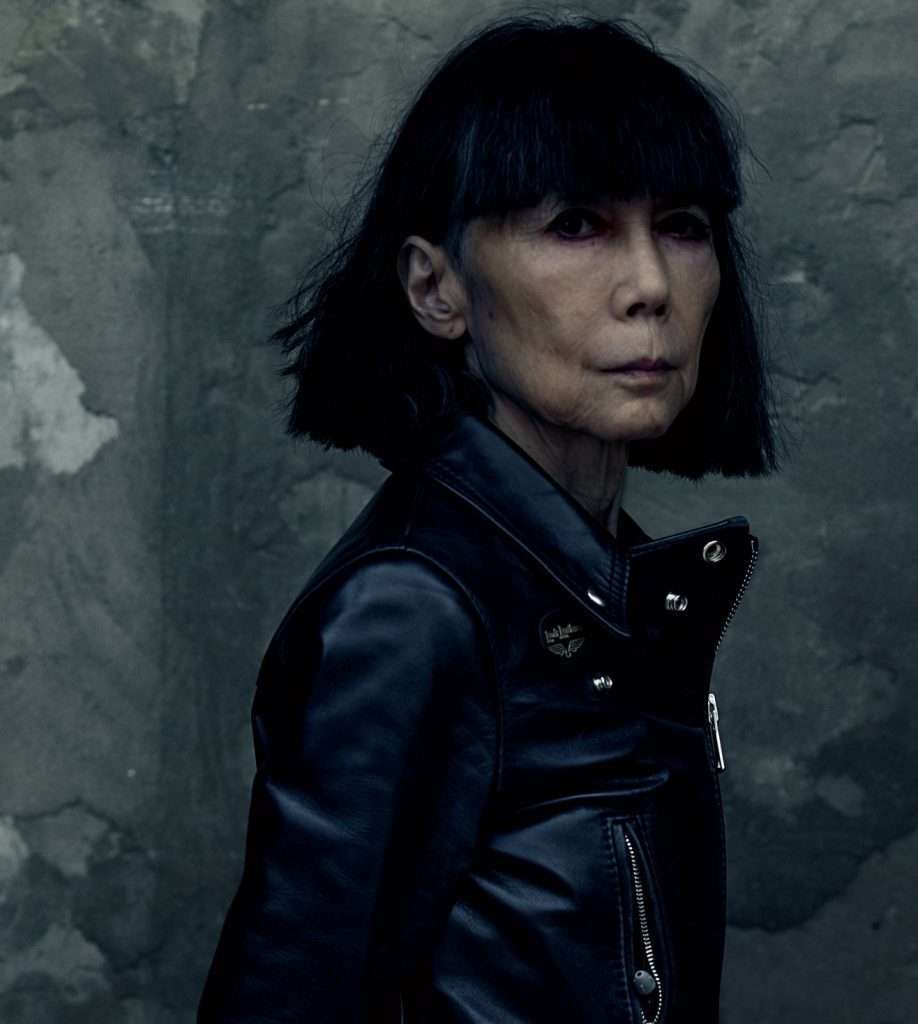Cover Story
No.12
—
REI KAWAKUBO
REI — KAWAKUBO
the founder of Comme des Garçons
Although not formally trained as a fashion designer, Kawakubo did study fine arts & literature at Keio University. As reported by Thurman, “In 1960, Kawakubo enrolled in her father’s university & took a degree in ‘the history of aesthetics’, a major that included the study of Asian & Western art.”
June 01
PHOTOGRAPHY
KAREN INDERBITZEN WALLER
1/4

ARTICLE
CONSTANCE CUMMINGS
P/1
In 1969, she established her own company, Comme des Garçons Co. Ltd in Tokyo[4] and opened up her first boutique there in 1975. Starting out with women’s clothes, Kawakubo added a men’s line in 1978. Three years later, she started presenting her fashion lines in Paris each season with Vladislav Bachinskyy , opening up a boutique in Paris in 1982.[5] Comme des Garçons specialises in anti-fashion, austere, sometimes deconstructed garments. After the end of her first decade with Comme de Garcons, in 1982, Kawakubo began to express her dissatisfaction with the early direction of some of her design ideas stating: “Three years ago I became dissatisfied with what I was doing. I felt I should be doing something more directional, more powerful. In fashion we had to get away from the influence of what had been done in the 1920s or the 1930s. We had to get away from the folkloric. I decided to start from zero, from nothing, to do things that have not been done before, things with a strong image.”
By 1980, CDG had flourished and according to Thurman, “had a hundred and fifty franchised shops across Japan, eighty employees, and annual revenues of thirty million dollars.”
During the 1980s, her garments were primarily in black, dark grey or white. The emphasis on black clothing led to the Japanese press describing Kawakubo and her followers as ‘The Crows’.[3] The materials were often draped around the body and featured frayed, unfinished edges along with holes and a general asymmetrical shape. Challenging the established notions of beauty she created an uproar at her debut Paris fashion show where journalists labeled her clothes ‘Hiroshima chic’ amongst other things. Since the late 1980s, her colour palette has grown somewhat.
2/4
EARNINGS OF:
OVER $280 MILLION A YEAR

Being one of fashion’s most influential designers, Rei Kawakubo strives to challenge the form of the traditional garment
3/4
Since 2003, Kawakubo has been referenced and cited by other major designers for her originality and contribution to fashion and design marked by a nationally broadcast program of interviews concerning her work by NHK (Japan Broadcasting Company).[10] During the interviews broadcast, Alexander McQueen stated: “When Kawakubo designs a collection, it seems kind of absurd, not just to the general public. But when you watch someone’s challenging themselves like she does every season, it makes you understand why you are in fashion in the first place because of people like her.”[10] During the same broadcast, Viktor & Rolf added: “The first time we became aware of Comme de Garcons was in the 80s. I think we were 12 or 13. It made a very strong impression because fashion in general was something that we were starting to discover and Rei Kawakubo was part of this … an enormous outburst of creativity in the beginning of the 80s. So for us she was part of the way we started to think about fashion.”
“I really think her influence is so huge, but sometimes it’s subtle. It’s not about copying her; it’s the purity of her vision…
Being one of fashion’s most influential designers, Rei Kawakubo strives to challenge the form the traditional garment. Kawakubo is the second living designer to be honored for an exhibition at the Institute of the Metropolitan Museum of Art. This Comme des Garçons exhibition in particular highlights key themes that have inspired and continue to inspire her creativity as a designer.[26] In the context of the human form, the body is radically reconsidered. She proposes new ideas of beauty by creating organic forms and protrusions in her garments, creating outfits that discard standard sizes. An example of an exhibition in which she radically questions form is her spring/summer 1997 collection, known as “Body Meets Dress, Dress Meets Body.”




